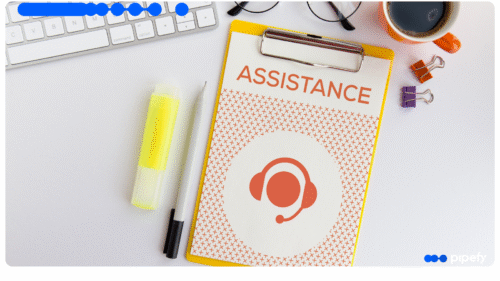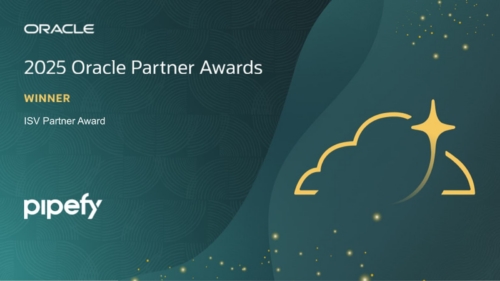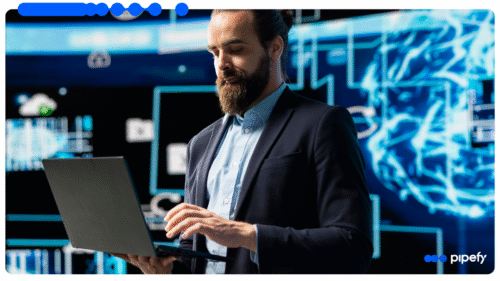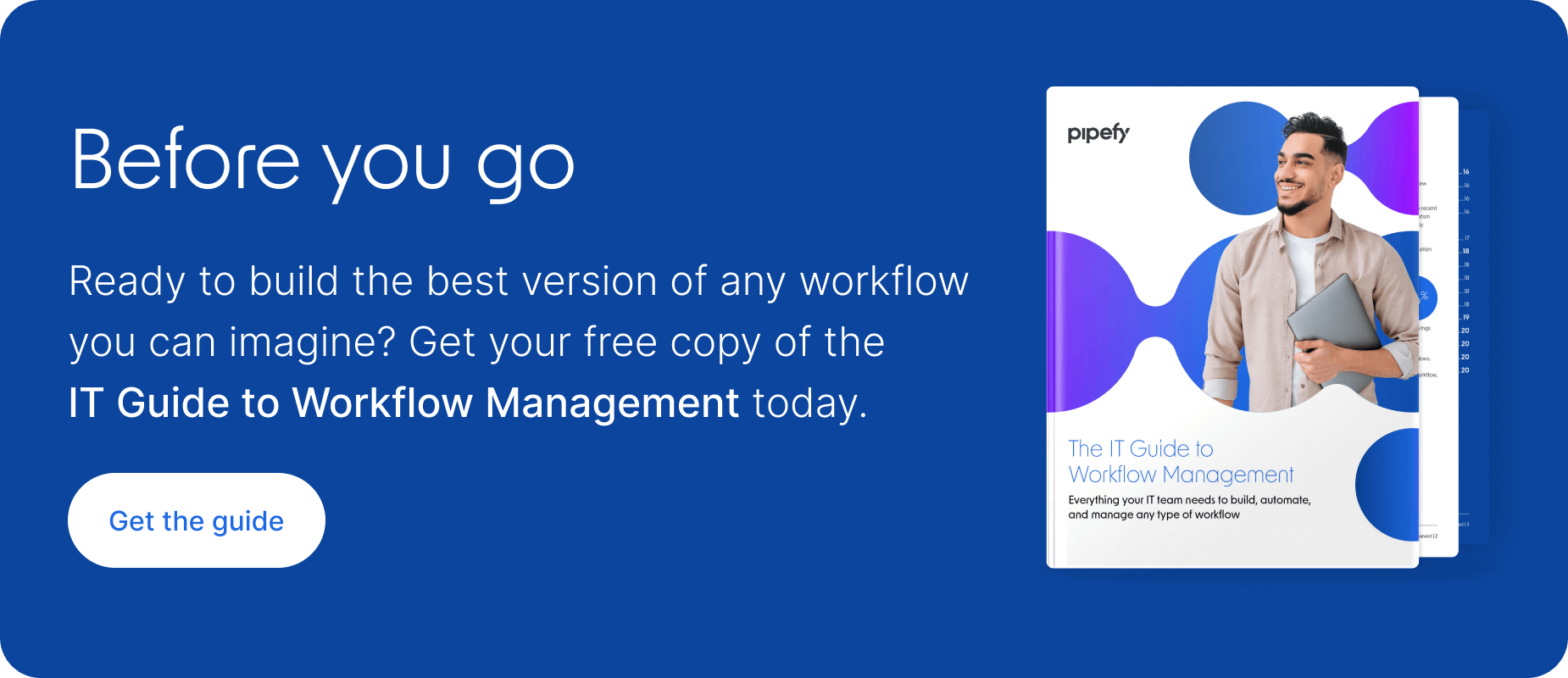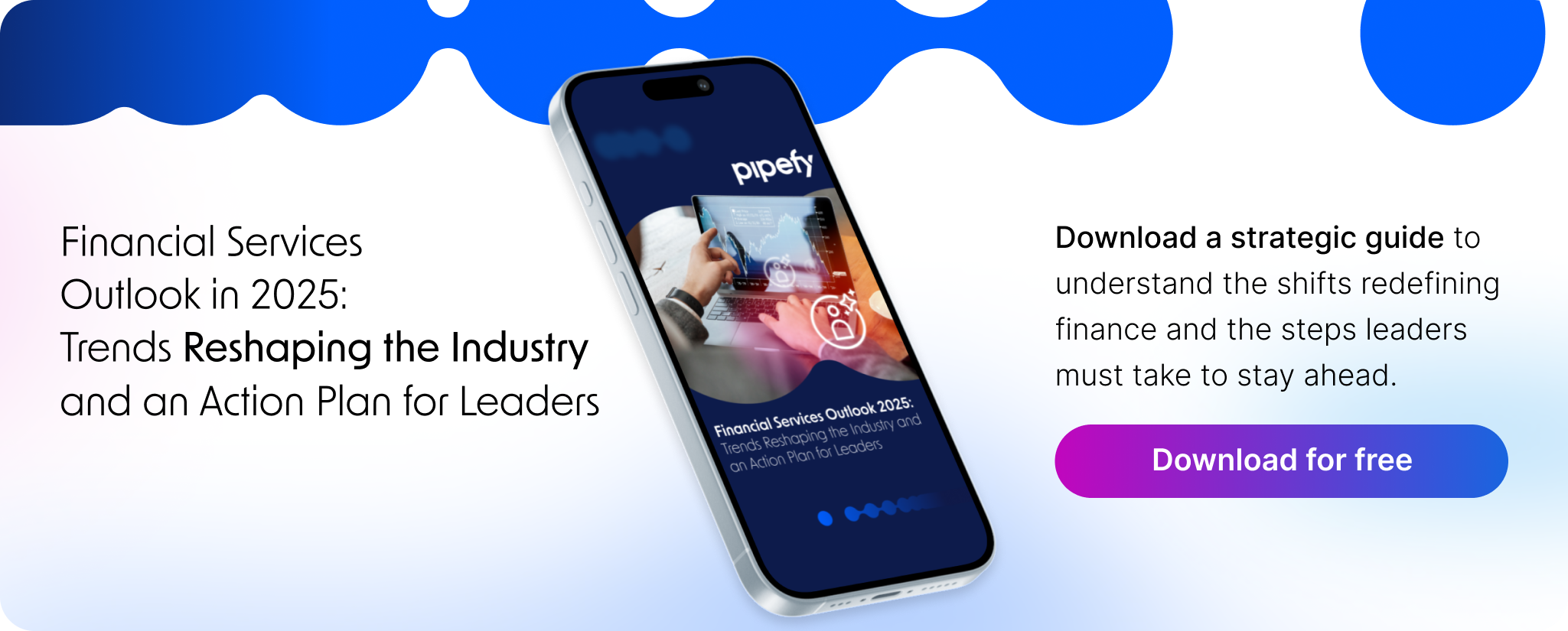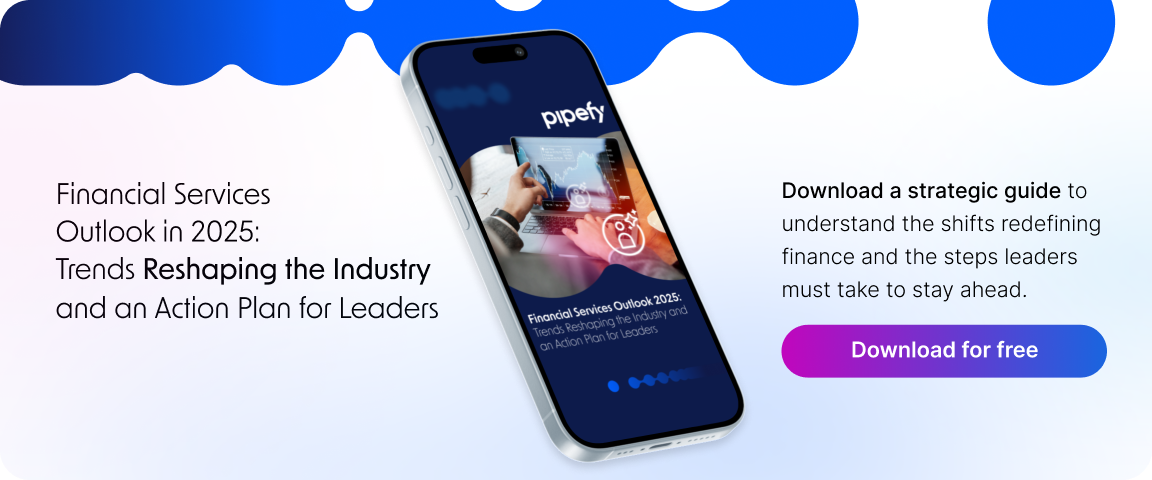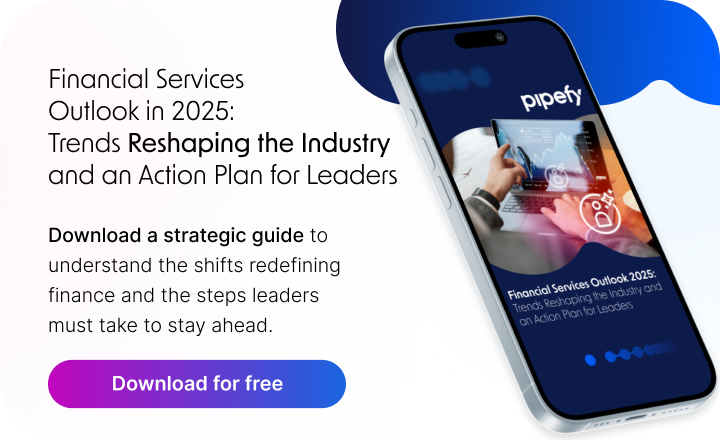
By Luciano Kalil
In an article published on September 12, McKinsey, after a year of experiments and deployments of “agentic AI” (AI agents capable of executing multi-step processes), summarized the learnings into six core lessons. They are:
1. “This is not about the [AI] agent; it’s about the workflow.”
2. Agents are not always the answer.
3. Eliminate “AI sloppiness”: invest in evaluations and build trust with users.
4. Make it easy to track and verify every step.
5. The best use case is the reusable one.
6. Humans remain essential, but their roles and numbers will change.
Perhaps the most relevant one – especially for those looking to transform operations with AI without falling into hype traps – is:
This is not about the [AI] agent; it’s about the workflow.
In other words: it’s pointless to build powerful, flashy AI agents if they’re not embedded in well-designed workflows. And even more so, if each agent is treated as an “isolated box” rather than being part of a unified platform.
According to McKinsey, the great value of AI agents arises when:
- Workflows (processes, people, technologies) are redesigned to leverage agents at key points, not where they “look cool.”
- A modular base of reusable resources is created—approved prompts, validated services, centralized orchestration—to avoid duplication and rework.
- Humans remain in vital roles: supervision, verification, handling exceptions, fine-tuning—not to “fix failures,” but to ensure safety, reputation, and trust.
And this is exactly the space where Pipefy shows its full potential.
Why Pipefy is the Right Platform for Well-Applied AI Agents
To illustrate how this connects, imagine:
- You have multiple internal processes (contracts, client onboarding, approvals, compliance, customer service).
- You want AI agents to automate parts of these processes—but not in a loose, fragmented way; instead, within controlled, visible, adaptable workflows.
- You want humans to monitor, correct, and react, but without constant rework.
- You need fast, reliable results with noticeable impact.
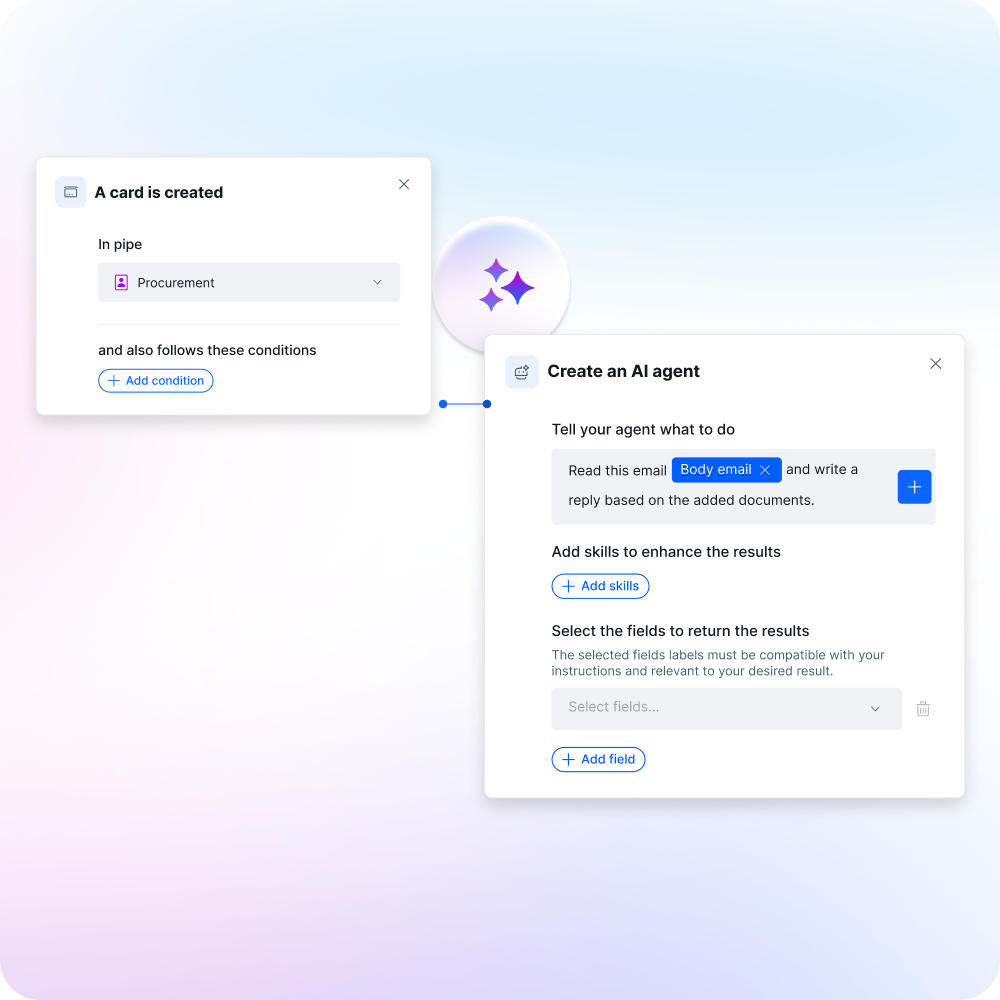
And this is exactly where Pipefy stands out, thanks to the following differentiators:
1. Workflow as the unit of value
Instead of building isolated agents, with Pipefy you structure the workflow as the central piece. Agents act at defined points, within processes that are already modeled and optimized.
2. Centralized and modular layer
One of the biggest risks highlighted by McKinsey is “creating an agent for everything”—which leads to redundancies and lack of scale. In Pipefy, modules (actions, integrations, validations, orchestrations) can be reused across workflows with centralized governance. This way, you avoid reinventing the wheel each time.
3. Visibility and traceability at every step
McKinsey warns that as agents scale, errors inevitably occur—and many companies fail by only tracking the final result, not each intermediate step. In Pipefy, every agent operation can be audited, reviewed, and tracked—making adjustments, corrections, and trust easier.
4. Well-designed human-agent collaboration
Agents don’t replace people: they do the “heavy lifting” of repetitive or analytical work; humans handle supervision, edge cases, and critical decisions. Pipefy allows agents to deliver (e.g., filling in, extracting, suggesting) while humans interact midway, approve, correct, and decide. This aligns with McKinsey’s insight that humans remain essential—their role just changes.
5. Quick and Incremental Impact
Instead of launching a monolithic AI project that takes years, the ideal approach is to start with small, high-value use cases inside existing workflows. McKinsey emphasizes that companies that redesign workflows tend to achieve better results. Pipefy makes this possible: introduce agents at critical points, measure results, iterate, expand.
A Practical Example—A Perfectly Executable Six-Step Success Story with AI Agents
Imagine a legal services company dealing with repetitive contracts:
1. Today, lawyers review clauses, compare versions, and make manual edits.
2. With Pipefy + AI agents, a flow is set up in Pipefy: the agent suggests clauses, performs compliance checks, extracts risk sections.
3. At critical points, the lawyer steps in to review, correct, approve.
4. The agent learns from these corrections and improves over time.
5. The modular architecture allows the same “risk clause verification” module to be reused in other contract flows or even compliance documents.
6. The result? Contract review time drops, operational risk decreases, lawyers focus where their expertise matters—not on repetitive tasks. And all of this is built with governance, modularity, and visibility—not “loose agents” scattered without control.
A Suggested Framework for Deploying AI Agents in Pipefy
Here’s a practical guide inspired by McKinsey’s lessons, tailored for use with Pipefy:
| Step | What to Do | Why It Matters |
| 1. Map processes and identify bottlenecks | Analyze current workflows, pain points, high-effort steps | Helps pinpoint where agents can generate real impact |
| 2. Clearly define where the agent will act | Isolate steps that are variable, text-heavy, or decision-based | Prevents using agents where simpler automation would do |
| 3. Model the core workflow in Pipefy | Set up phases, rules, integrations, access controls | Creates the “skeleton” where agents and humans collaborate |
| 4. Build reusable agent modules | Examples: text extraction, validation, response suggestion | Reduces rework and scales faster |
| 5. Insert human checkpoints | Stages for review, approval, or manual intervention | Ensures safety, trust, and compliance |
| 6. Monitor every step and create feedback loops | Track failures, validate intermediate outputs, log human fixes | Enables quick adjustments and continuous improvement |
| 7. Expand to new workflows by reusing modules | Apply tested agents to other processes, adjusting rules | Scales without duplicating effort |
AI Agents That Deliver Real Impact: Why the Future of Workflows Runs Through Pipefy
Want to transform your processes with AI agents that truly solve what matters?
With Pipefy, you build centralized, modular, and scalable workflows, combining smart automation with human oversight. Start today to create high-impact workflows, eliminate bottlenecks, and see rapid results—without complication and without reinventing the wheel.
Click the button below and schedule a demo.

